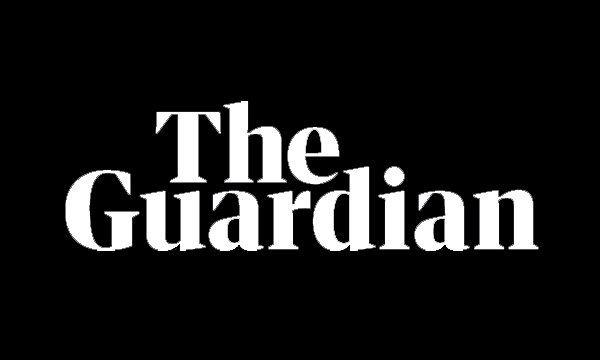
The LCH is a multi-role attack helicopter designed by the Hindustan Aeronautics Limited (HAL) for use in the Indian Air Force and Indian Army. Its flight ceiling is one of the highest among the attack helicopters of the world.
The need for a development of an LCH came following the conclusion of the Kargil War in 1999. During the conflict, the Indian Armed Forces realised that they lacked a suitable helicopter that could operate in high-altitude. Thus the Indian Armed Forces, as per HAL, commenced efforts to produce a helicopter that could operate in such conditions.
Officials said it will be included in the IAF inventory on Sunday at an event in Jodhpur attended by Defense Minister Rajnath Singh and Chief of Air Staff Air Marshal VR Chaudhari.
The 5.8-tonne twin-engine helicopter has already completed various weapons firing tests, they said.
In March, the Cabinet Council on Security (CCS), chaired by Prime Minister Narendra Modi, approved the purchase of 15 self-developed Limited Series Production (LSP) LCHs at a cost of ₹388.7 billion.
As per the defence ministry 10 helicopters would be for the IAF and five will be for the Indian Army.
The LCH has similarities with Advanced Light Helicopter Dhruv. It has a number of stealth features, armoured-protection systems, night attack capability and crash-worthy landing gear for better survivability, officials said.
The LCH is equipped with requisite agility, manoeuvrability, extended range, high altitude performance and all-weather combat capability to perform a range of roles including combat search and rescue (CSAR), destruction of enemy air defence (DEAD) and counter-insurgency (CI) operations.
The helicopter can also be deployed in high-altitude bunker-busting operations, counter-insurgency operations in the jungles and urban environments as well as for supporting ground forces.
The helicopter can also be used against slow-moving aircraft and remotely piloted aircraft (RPAs) of adversaries.
Officials said it would be a potent platform to meet the operational requirements of the IAF and the Indian Army.
They said cutting-edge technologies and systems capable of stealth features such as visual, auditory, radar and IR signature reduction and collision resistance capabilities for enhanced survivability have been integrated into the LCH for deployment in combat roles.
Several key aviation technologies like a glass cockpit and composite airframe structure have been indigenised, they said.
The IAF has already accepted four LCH helicopters. The officials said IAF plans to procure more LCH in the near future.
"We are already working with DRDO and HAL to integrate new weapons on the helicopter," said one of the officials.
The helicopter has been tested in harsh operating conditions including sea level, desert areas and Siachen. In February 2020, it was declared, ready.
The Army has a plan to acquire 95 LCH largely for a combat role in the mountains.
With the inputs from PTI







